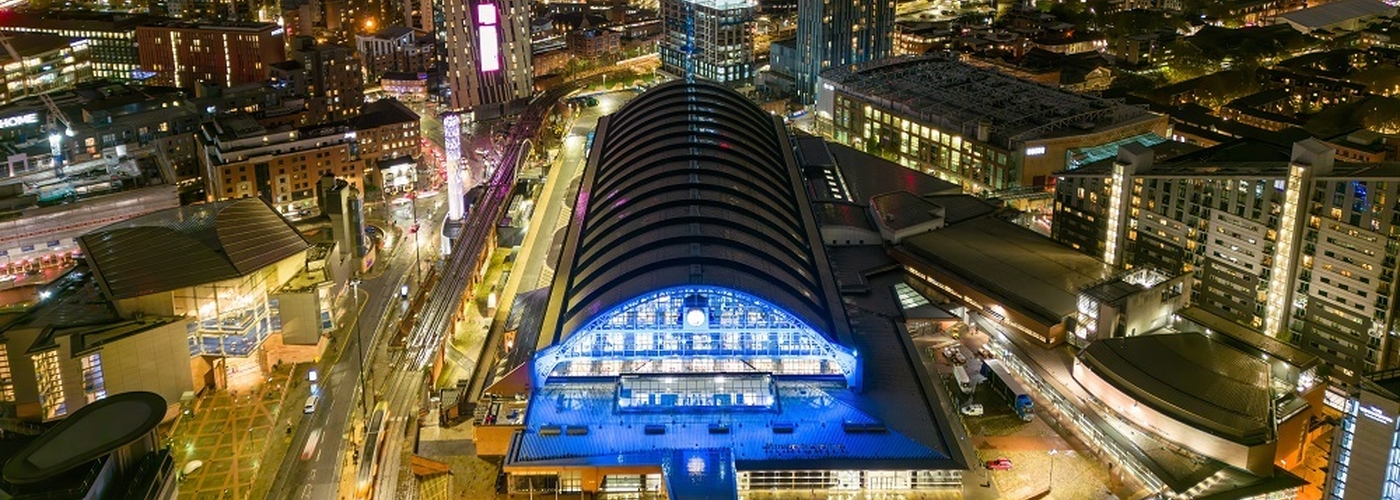Jonathan Schofield on where Manchester and Greater Manchester stand as 2022 becomes 2023
12 minute read
Love is in the air for Manchester
There was a lot of love for Manchester in the autumn and winter of 2022. The city just kept on gathering accolades.
As Sheona Southern, Managing Director of Marketing Manchester, the ‘destination management organisation’ put it in early December: ‘Not content with being named Best in the World 2023 by National Geographic in October, Manchester was then included in the prestigious Lonely Planet Best in Travel 2023 list in mid-November, and then last week some UK-based media titles got in on the action with both Conde Nast Traveller and Time Out putting Manchester in their respective lists of must-visit places for 2023’.
She continued with: ‘We were especially pleased with the Lonely Planet listing, which described Manchester as a place that has ‘grown in both size and renown in recent years, metamorphosing into a brilliantly creative, proudly musical, and gastronomically diverse hub. Quite simply, it’s one of the best – if not the best – cities in the UK with something for everyone.’ We’ll take that.
As a tourism professional in the city myself, I have seen the welcome return of visitors to the city. Many of these people have been regular tourists seeking to get to know the city, others have been pursuing particular themes such as the German group looking at Manchester’s association with radical thought, which also came up with one of our more heart-warming stories and responses.
On several occasions there have been official or semi-official visits involving politicians, town planners and groups of architects looking at how the regional centre of Manchester and Salford has changed so rapidly and so fundamentally. In 2022 I had delegations from Sweden, Denmark, Norway, Germany and Holland examining, laser-eyed, the things we had got right and the things we had got wrong. For better or worse Northern Europe clearly sees Manchester as a paradigm of UK and indeed, general urban renewal.
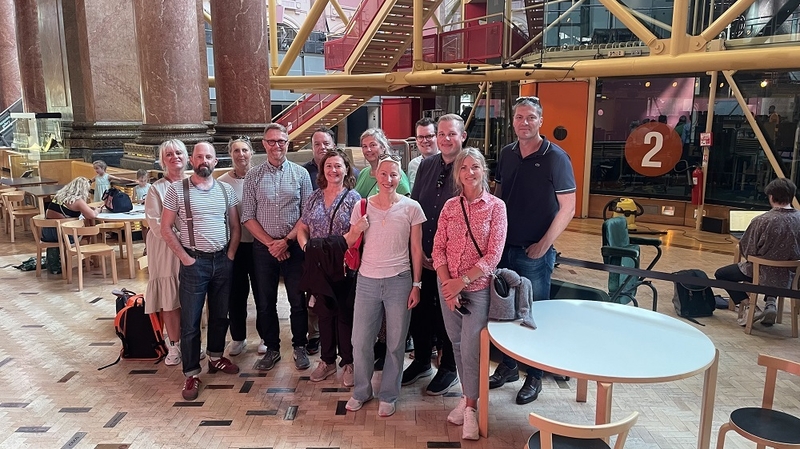
Liveability accolade
More good news in terms of media coverage had come in summer. In July The Economist’s yearly ‘liveability index’ ranked Manchester the best UK city in which to live and the 28th best in the world. We had mystifyingly leapt 26 places from the 2021 index. Wow. Did anybody else notice we had become so much more liveable in a single year?
The Economist's index scores cities on a number of categories: stability, healthcare, culture and environment, education and, interestingly given the recent vagaries and uncertainties, infrastructure. It was noted how Manchester’s post-Covid recovery had been strong.

Bright tourism future
Looking ahead at tourism, it should be boosted in 2023 by the re-opening of Manchester Museum and much of the Science and Industry Museum plus the arrival of Factory International and Co-op Live in east Manchester. The 2022 re-arrival of the 1,000 capacity New Century Hall, a slick slice of 1963 International Modernism, added a feather to the cap of live entertainment. The food and drink scene was boosted for tourists and residents with cash to spare by the late arrival in the year of two impressive operators Climatand Musu to add to a cast list of excellent operators in the city.
Afflecks was forty years old in 2022, an enduring tourism magnet; one that often goes under the radar and is under-praised and misunderstood in the way it attracts all manner of tourists. It was good to see the delightful Mayfield Park launch and become an instant hit with families, especially from over the Mancunian Way, while it was also sweet to witness the National Trust bring a rusty viaduct back to vivid life in Castlefield.
Of course, despite The Economist talking about a strong post-Covid recovery it should be noted that nearly all the publicly owned galleries and museums were tardy and over-cautious with their re-opening schedules compared to private customer-facing businesses such as those in hospitality. A notable exception was Central Library which should have been the example other visitor attactions followed.
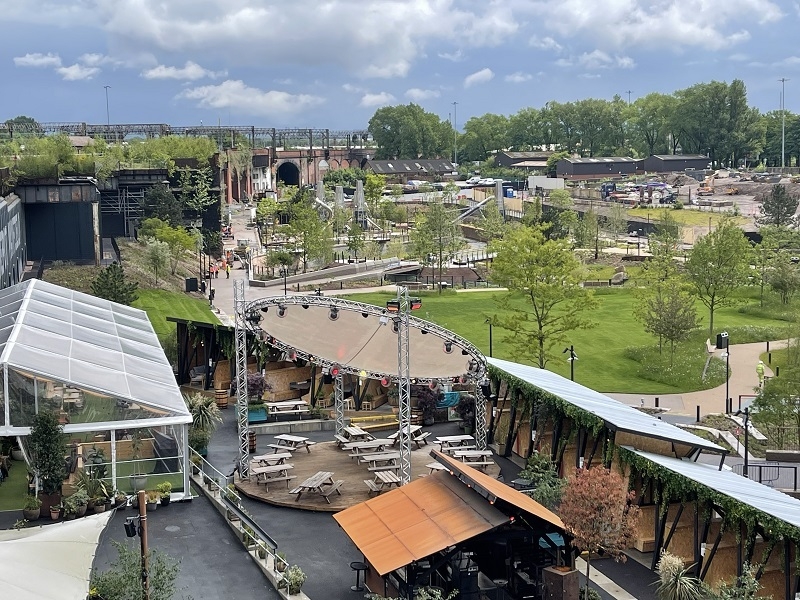
Tourism tax to raise £15m across five years
A radical new initiative will begin in 2023. This is the Manchester Accommodation Business Improvement District (ABID), a collaboration led by the Manchester Hoteliers’ Association in partnership with Marketing Manchester, CityCo and both Manchester and Salford City Councils. ABID is a tourism tax with 74 hotels and guesthouses initially signed-up. Guests will be required to pay £1 per night during their stays in the city.
To quote: ‘This is a direct response to significant challenges currently facing the accommodation sector in Manchester, including recovery from the pandemic and the impact that Brexit has had on the hospitality sector. It will allow Manchester to better compete in a global market and grow overnight visits at a time when an unprecedented level of supply is set to join the Manchester and Salford accommodation market, with an additional 6,000 confirmed new bedrooms across the city-region by 2024.’
Although the word ‘tax’ is always a difficult one such initiatives have been used for decades in other cities across the world. In the UK Manchester follows Edinburgh in this.
The ABID scheme should raise up to £15m over a five year period to market the city better, create events and so forth.
One of the ABID aims is ‘Improving the city’s welcome; helping to keep the entry points to the city centre cleaner, providing hosts at the railway stations and supporting hotels in ensuring secure environments for guests.’ For Greater Mancunians perhaps this element will be of the greatest interest as it will improve their enjoyment of the city centre.
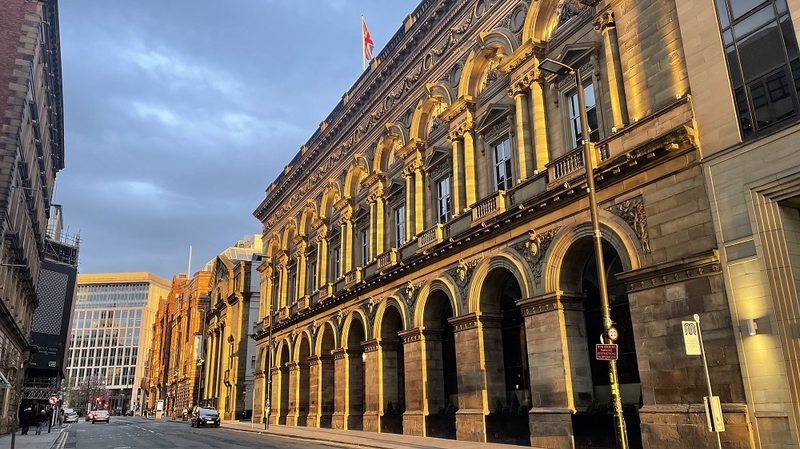
Missing a trick here and there with tourism
We are still missing a trick with tourism in one or two places.
The biggest of these is with the Manchester and Salford Junction Canal tunnel under the Great Northern and Manchester Central. This magnificent structure from 1839 split into bomb shelters a hundred years later with stencilled notices still in place cries out to be exploited as a tourist asset. There might be some access issues to overcome, but conservatively, there would be more than 100,000 visitors a year wanting to explore below the city. Let’s hope as planning goes through for a massive rebuild at Great Northern that this superb, mysterious and atmospheric tunnel can be opened up.
The tourism potential of Castlefield in the public areas is being completely missed at present as this article explored.
Meanwhile, Manchester’s principal publicly owned tourist asset outside the city centre, Heaton Hall, is only open on certain weekends by its glorious volunteer Friends with assistance from over-stretched park staff. I also conduct a monthly tour there. Confidentials have banged on about this on many occasions but this nationally significant building with glorious interiors deserves better. The same goes for Platt Hall in Platt Fields Park and Clayton Hall in Openshaw. The list goes on.
These assets are not just tourism assets they are valuable places of recreation for people, often in areas with high indices of poverty. Surely a Labour Council could find some money to make them open and functional, maybe even generate income. Birmingham does this better with places such as Aston Hall, in fact most other British cities do it better.
For Clayton Hall and Platt Hall there is an example of a well-managed and beautifully cared for heritage property just over the river in Salford at Ordsall Hall. Shame about that £98.5m projected overspend on Factory International, think what could have been done with that money elsewhere across the city? It shouldn't be all about the city centre.
Croydon, really?
Despite the above gripes the overall image of Manchester across the country and the world seems very positive. This suits the city attitude down to the ground.
Most cities convey an element of boosterism, but if awards had to be handed out for bigging itself up Manchester would cruise it. Of course, the journey travelled in terms of physical rebuild is far greater than any other UK city outside the capital so in that case the boosterism is justified.
However. the journey travelled in terms of the nitty gritty of the general economy is not so far nor do the indices of health and poverty across Manchester and Greater Manchester (GM) make for good reading.
What The Economist gives with one hand it can take away with the other. On 8 December 2022 an article appeared which was, on occasion, a bucket of cold water across the face.
Under the tagline of ‘The sputtering engine of the north’, the opening paragraph from an article, which carried no byline, read: ‘To experience the full Manchester effect, you need to arrive from somewhere other than London. Compared with the capital’s crammed skyline, central Manchester’s burgeoning collection of tall towers looks gappy—closer to Croydon, in south London, than the City. Although its tram network is much more modern than the London Underground, Manchester’s seems quaint, and not nearly sufficient for such a large conurbation. Only by comparison with other northern or Midlands cities does the metropolis seem like a vision of urban prosperity.’
Croyden, ffs? Thanks Economist.
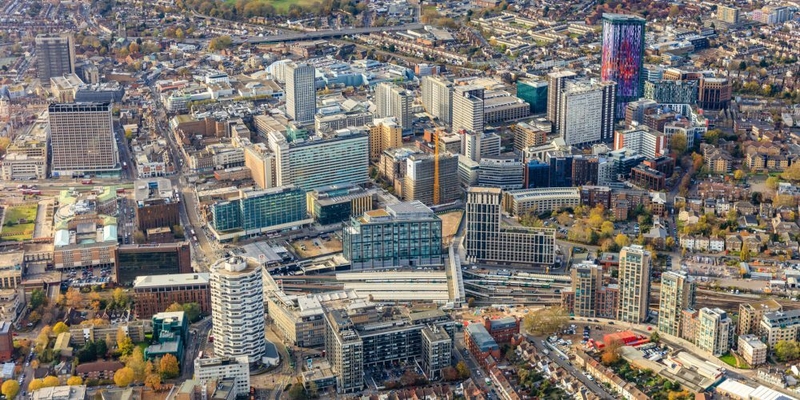
Home truths: low productivity
The Economist article dishes out some home truths: ‘Manchester is poorer than most secondary cities in France and Germany.’ The anonymous writer need not have stopped there, productivity-wise we are worse off than most secondary cities across all the countries of Northern Europe.
At least the article acknowledges the role of the Greater Manchester Combined Authority and GM Mayor Andy Burnham. With the possible exception of the breakaway Independent Republic of Stockport, nine of the ten GM boroughs present a more or less unified front in taking on the ridiculously outmoded centralisation at Whitehall occupied by a 'shambolic national government'. The Economist emphasises this centralisation as the real demon preventing productivity growth and an improvement in health and poverty outcomes across GM. As Andy Burnham has said: “We’re very clear about where we are going, at a time when the government might not be.”
The conurbation has gained extra powers and influence over the last few years in planning, health, adult education and transport. Burnham is not alone in believing that a building programme involving tens of thousands of zero carbon affordable homes along with retrofitting tens of thousands of others would spread decent jobs across the conurbation. This aspiration faces the challenge of trying to secure central government funding at a difficult time and also predictable nimbyism in some areas of the city region.

The housing crisis and plans to ease it
More housing is desperately needed as GM’s population has grown significantly. In Manchester and Salford for instance the population has increased in twenty years from 640,000 to 822,000. This might be underplaying the actual increase.
The huge popularity of living in the city centre has made renting difficult there despite a frenetic building programme delivering thousands of extra housing units.
As Dan Whelan in Place North West wrote in October 2022: ‘Developers have started work on 5,545 new homes so far in 2022, the most in the city for a decade, but upward pressure on rents caused by a lack of available stock continues.
‘During the third quarter of 2022, the number of properties available to rent in Manchester hit its lowest rate on record, just 360.
‘The city’s lack of supply is causing rents to spiral. In the last year, rents in some areas of Manchester have risen by as much as 38%.’
360 units is basically nothing in this context. One hope might be deprived areas adjacent to the city centre which have been underpopulated since the sixties' slum clearances and with large tracts of brownfield land might provide space for development. There will be the inevitable cries of ‘gentrification’ so a balance needs to be found and an agreement made between private developers and policy makers in providing social or affordable housing or both. There has been some progress on this.
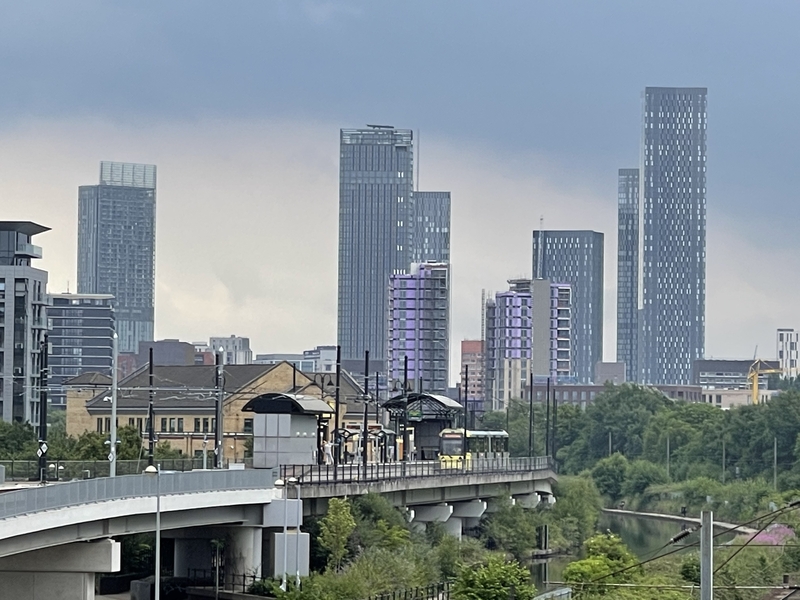
‘Genuinely affordable’ housing
As Manchester’s Council Leader Bev Craig reiterated after her first year in charge on 1 December 2022 she aims to deliver 36,000 new homes over the next decade, 10,000 of these ‘genuinely affordable’.
The council also created This City, a wholly council-owned development company using council land to accelerate the building of ‘high quality low carbon’ homes – at least 20% of them affordable. The launch this year of the Manchester Living Rent should encourage more housing providers and developers to commit to affordable rents. The idea is that tenants shouldn’t spend more than 30% of their income on housing, so rents are set at or below housing benefit levels to ensure homes are affordable.' Other councils across GM are creating similar schemes with Salford under Paul Dennett leading the way.
Away from housing, next year GM will introduce bus franchising led by public officials and run by private companies. This will provide a public transport system which on paper should be more coordinated and simpler to use. That’s a win and years overdue. The price cap on bus fares this year has been useful.
The Greater Manchester Clean Air Zone (GMCAZ) which was due to start in May 2022 has been put back two years. This scheme would have charged drivers entering many areas of GM in polluting vehicles from £7.50 to £60 depending on the vehicle. The plan was to provide financial incentives for motorists to switch to electric vehicles. This was not popular locally with, in particular, small business owners and taxi drivers, nor was it a hit with central government. More than 50,000 people signed a petition and there were protests on streets and roads.
The GMCAZ was part of the GM commitment to be carbon net zero by 2038. There will be more bumps on the road before that's anywhere near being achieved.
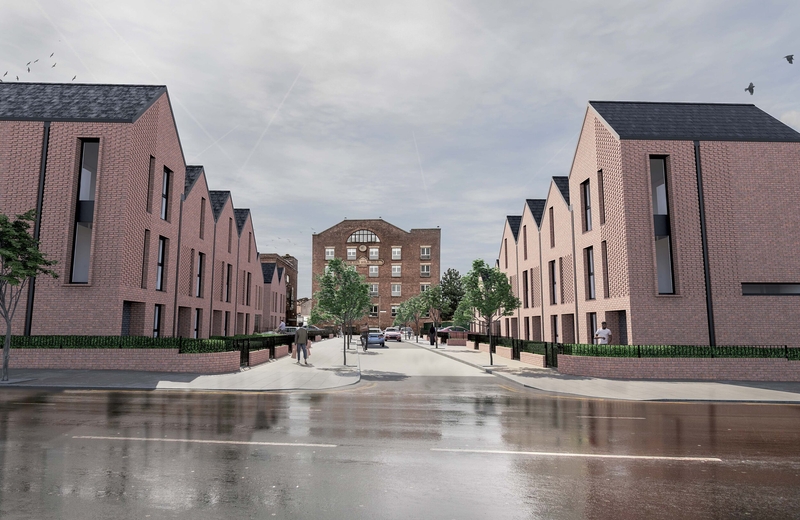
It's the infrastructure, stupid
Infrastructure remains the key to so much. The ‘levelling-up’ agenda from central government has delivered some relatively small-scale projects but it is a macro approach to infrastructure across the North, not just GM, that is important and this goes beyond the hopefully temporary catastrophe that is northern rail travel.
This region pioneered modern infrastructure in the Industrial Revolution. Why did Ancoats become known as ‘the first industrial suburb’? It was because mill-owners built their factories there because they knew the Rochdale Canal was coming through which meant they could get raw material in and finished product out. It's a very simple equation. Business depends upon ease of movement.
It’s hard not to feel resentful and scratch your head over that ‘levelling-up’ notion when the government through Transport for Greater London spends £18.8bn on the Elizabeth Line crossing the capital west to east whilst cutting back on a promise to deliver a modern, efficient, high speed line of similar length from Liverpool through Manchester to the great cities of Yorkshire. If the sluggish economic performance of these cities compared to our European competitors needs a lift then surely the easiest and simplest way to achieve this would be with improved infrastructure.
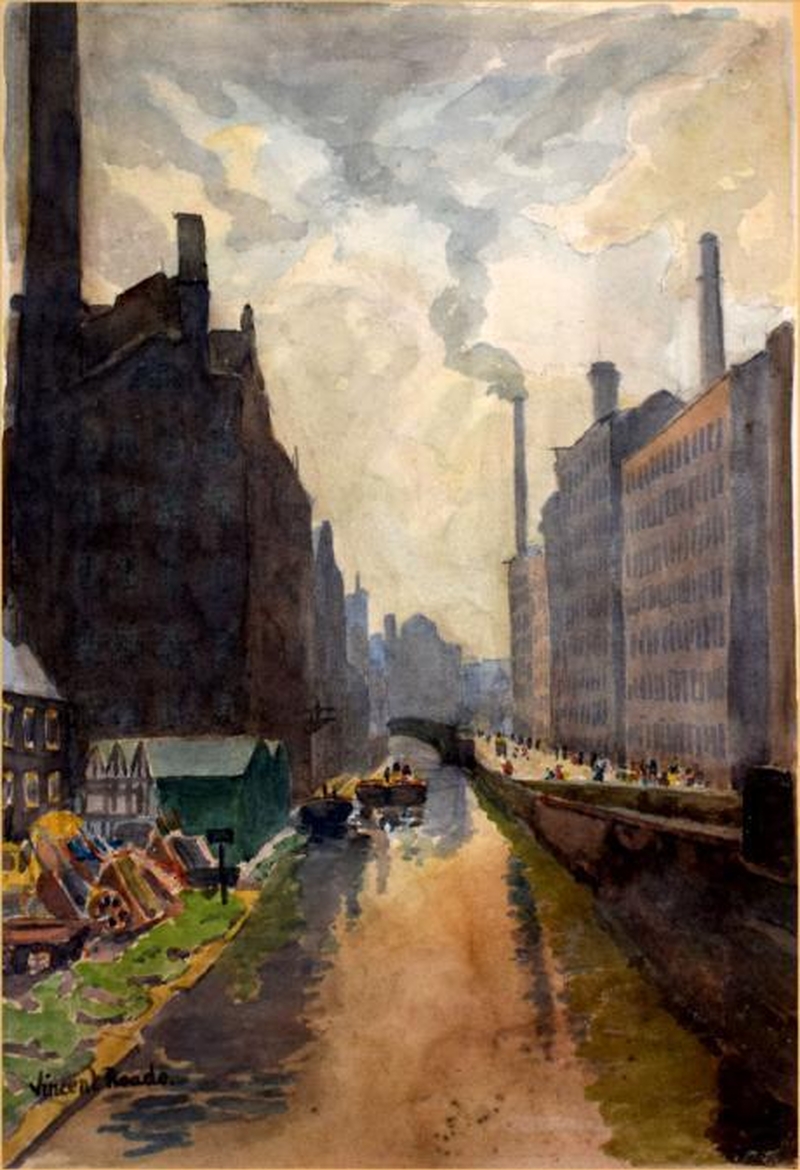
Cautiously optimistic
There are reasons to be cautiously optimistic going into 2023 about the direction of travel (forgive the pun given the previous paragraphs) in Manchester and GM. The national and international situation is of course unpredictable and deeply worrying. The cost of living crisis, inflation, industrial disputes, all that Brexit red tape, war in Ukraine, means it won’t be the easiest of years.
Yet, as all that media love shows the central areas of the conurbation will improve in amenity in 2023. A major goal in GM has been to spread that city centre growth into the other towns and townships of the region.
There are signs of positive change in many of these places. Central Stockport is undergoing huge investment, central Bury is doing ok, central Rochdale, despite the disaster that is Drake Street, will soon have just about the finest central public space in any UK town once the Town Hall and Esplanade reopens, although that won’t mask the poverty in other areas of the borough. Central Altrincham's more or less got there but given the wealth in the area that's no surprise. Sale's awful centre focused on School Road has been improved with the injection of energy that is Stanley Square
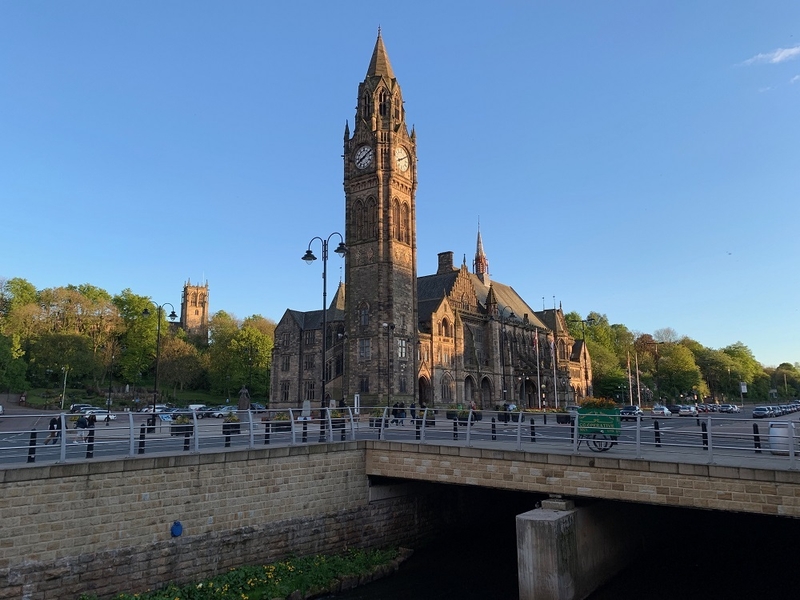
In the Farnworth area of Bolton I chaired a public meeting in November about a wholescale redevelopment of the small town centre. It was a packed gathering including representatives of Bolton council with Council Leader Martyn Cox in attendence along with Scott Mallinson from the developer, Capital & Centric. The level of engagement was huge, the enthusiasm palpable from a cross-section of the community. People wanted to be involved in transforming Farnworth.
The Economist again.
'Greater Manchester is ahead of others when it comes to devising clever solutions to social and economic problems. But the resources available to local politicians are not truly adequate for the task.'
This is often true, but if that engagement in Farnworth can be bottled up and poured out across the city and the region then that international media love aimed at Manchester in 2022 will spread and affect other areas of life way beyond what we can offer tourists.
The revised Greater Manchester International Strategy published in 2022 is a confident document and another step in the right direction. It emphasises how we should look to the world not just London.
As Andy Burnham writes: “The International Strategy defines Greater Manchester’s place in this changing world. It sets out how our global reputation, our partnerships with cities and regions around the world, and our unique devolution model can make this a place that attracts people from around the world to visit, study, and do business. It also acts as a blueprint for ensuring this global outlook benefits our city-region, not just by supporting innovation and creating good jobs, but by opening up new opportunities for connection and collaboration across borders.”
Grand words.
Let's hope they result in deeds as well, to half-quote Emmeline Pankhurst. The energy has to be maintained by public and private sector leaders as they push on with development, housing, infrastructure, industrial strategy and, yes, tourism. The centralisation of governance in Whitehall mustn't be an excuse for inactivity in Greater Manchester. If we can get on with things we must. Let’s live up to how Lonely Planet described us, let’s be ‘brilliantly creative’.
The main image at the top of this page is from Andy Mallins.
Read next: Food times are a-changin’ and restaurants will have to adapt
Read again: New Manchester Lexicon: Planning and Property
Get the latest news to your inbox
Get the latest food & drink news and exclusive offers by email by signing up to our mailing list. This is one of the ways that Confidentials remains free to our readers and by signing up you help support our high quality, impartial and knowledgable writers. Thank you!






